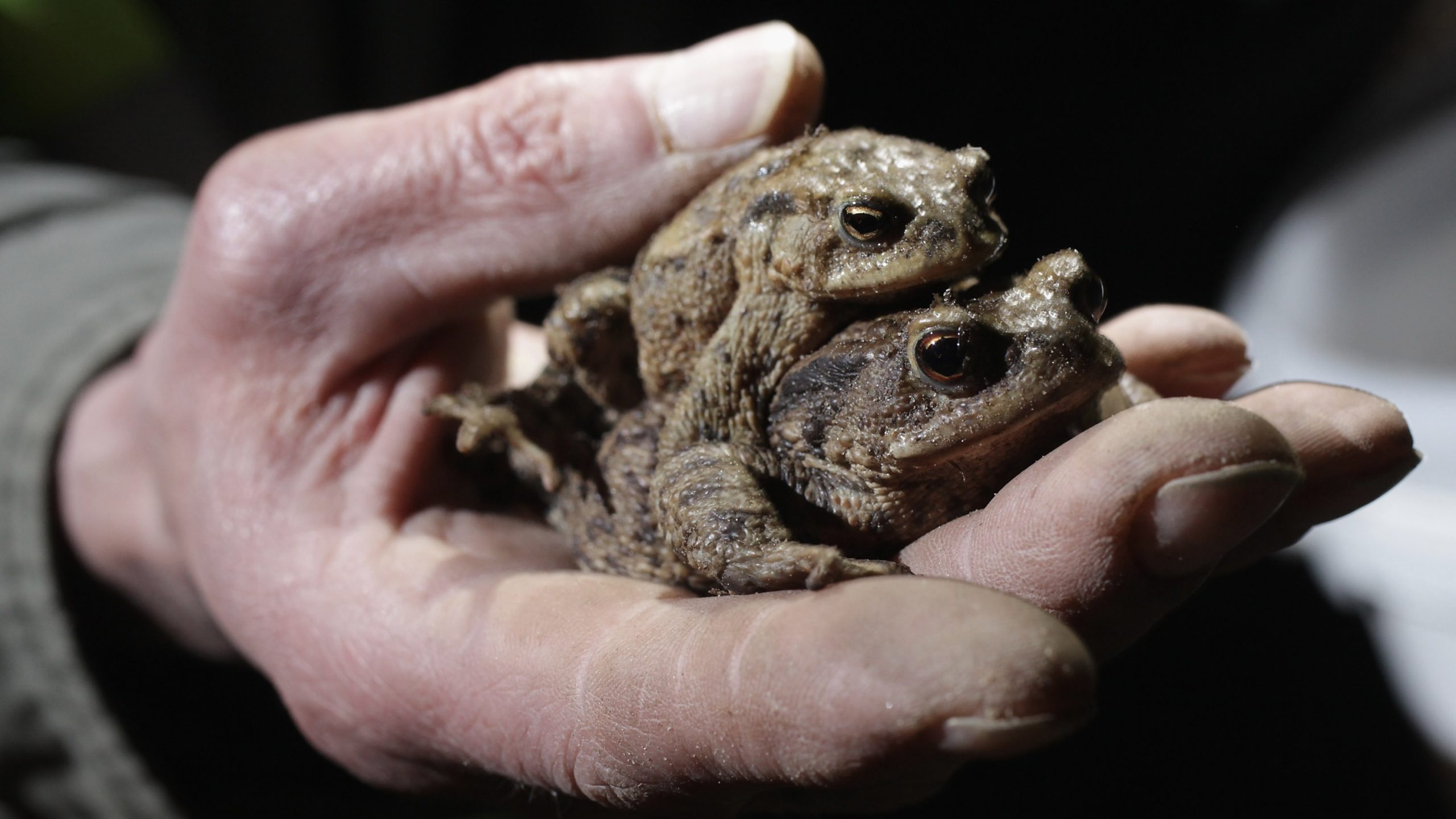There are more than 8,000 known species of amphibians: newts, salamanders, big warty toads, and frogs of every color.
These semiaquatic critters provide food for birds, snakes, and fish. And they help humans by eating insects, including disease-spreading mosquitoes.
But many amphibians are in trouble.
According to the latest Global Amphibian Assessment, about 40% of species are considered globally threatened.
Della Togna: “And I think it’s very important for the public and for the community to understand that this is a very serious matter.”
Gina Della Togna of the Amphibian Survival Alliance says for decades, the biggest threats to amphibians have been habitat loss and disease.
But now climate change has emerged as another major risk.
Amphibians are especially vulnerable because they’re coldblooded.
Della Togna: “So they are directly affected by changes in the external temperature, humidity.”
And many live in specific microclimates, such as by a particular stream, so when conditions change, some are unable to migrate.
As warming continues, the risks to amphibians are expected to grow. So it will be increasingly important to protect these vulnerable creatures.
Reporting credit: Sarah Kennedy / ChavoBart Digital Media
Source link


